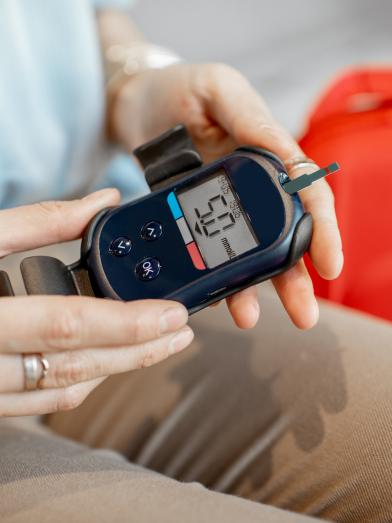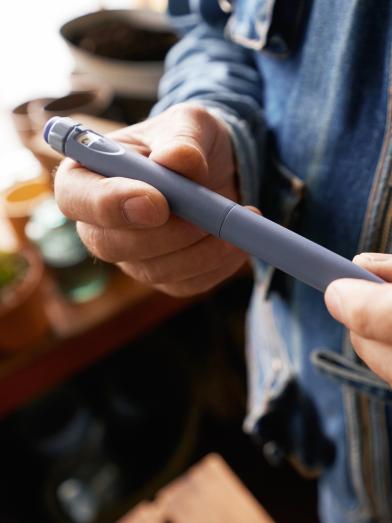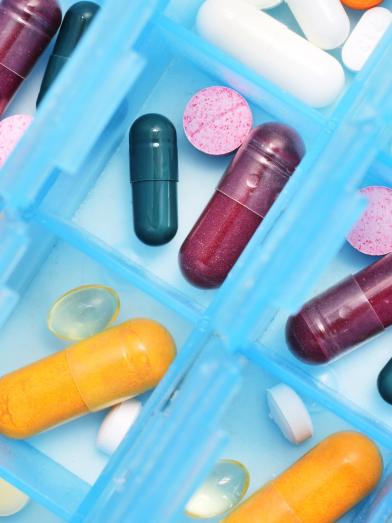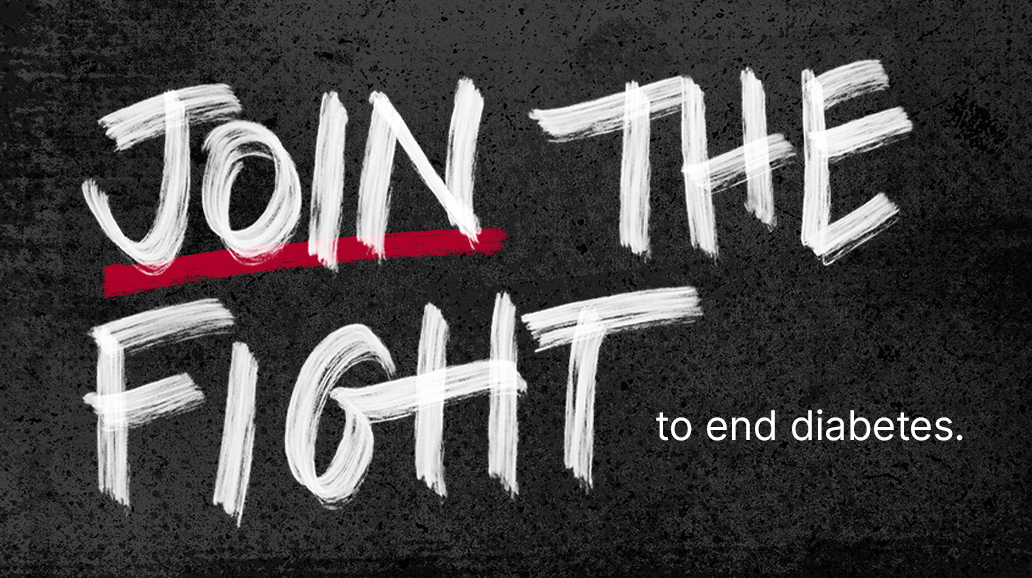Type 2 Diabetes Medications: Getting It Right.
There are many different types of drugs that can work in different ways to lower your blood glucose (blood sugar). Sometimes one medication will be enough, but in other cases, your doctor may prescribe a combination of medications.
Talking to your doctor to understand what is being prescribed and how it works can be helpful. And keeping an open mind helps, too.
More on Type 2 Diabetes Medications
All About Insulin
Type 1 diabetes means using insulin. However, if you have type 2 diabetes, treatment plans can change depending on who you are. Some people can manage it with healthy eating and exercise, or with oral medications, while others may also need to use insulin.
It’s common for your medication needs to change over time. And that’s a good thing. The most important thing is to get to feeling your best.

A Quick Guide to Insulin
If you’re just starting out with insulin, it can take a little getting used to. With a little practice, you’ll be a pro in no time.
Insulin is a naturally occurring hormone secreted by your pancreas. If you are prescribed insulin, it may be because your body doesn’t produce it (type 1 diabetes) or your body doesn’t use it properly (type 2 diabetes).
There are many different types of insulin sold in the United States, which differ in how they’re made, how they work in the body, and how much they cost. It’s also available in different strengths—most commonly, U-100. Your doctor will help you find the right type of insulin for your health needs.
When it comes to syringes, your doctor will advise on which capacity you need based on your insulin dose. In general, smaller capacity syringes can be easier to read and draw an accurate dose. Here are some tips:
- If your largest dose is close to the syringe's maximum capacity, consider buying the next size up in case your dosage changes
- If you need to measure doses in half units, be sure to choose a syringe that has these markings
- If you're traveling outside of the United States, be certain to match your insulin strength with the correct size syringe





